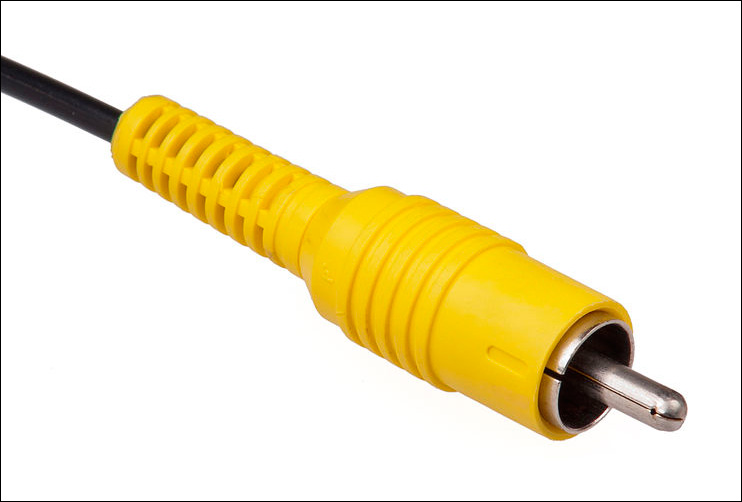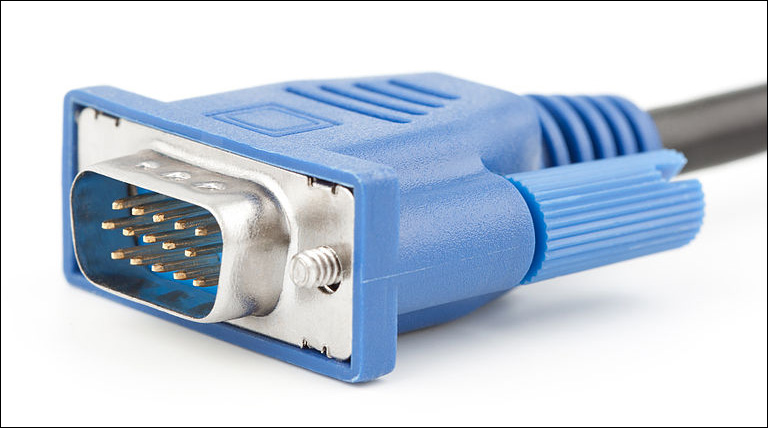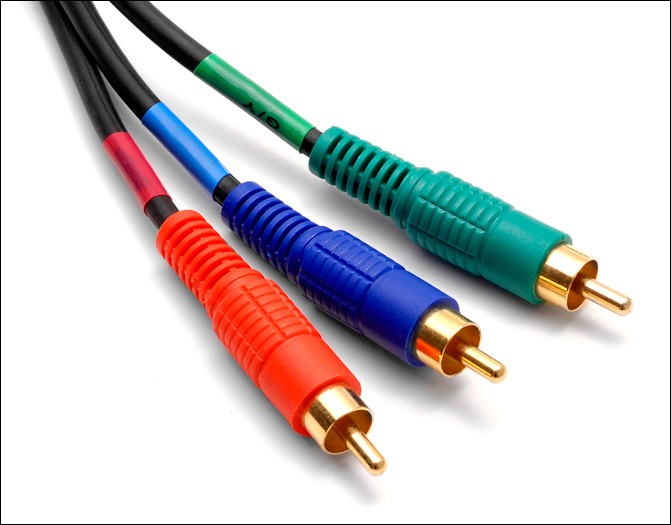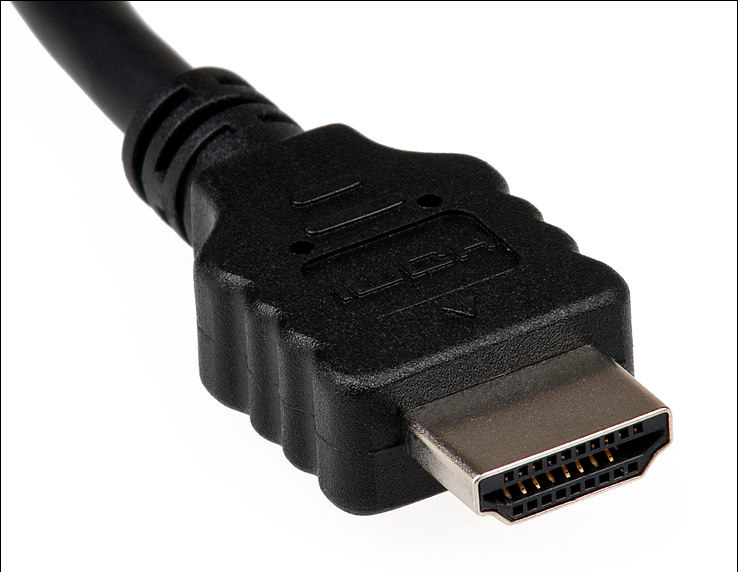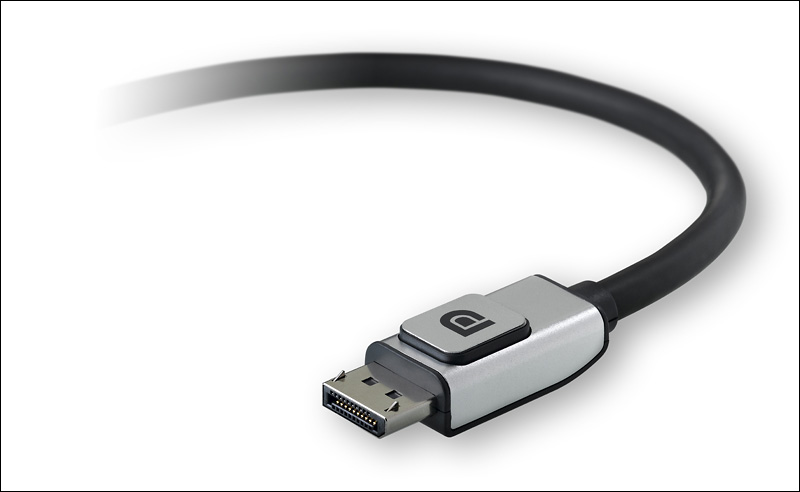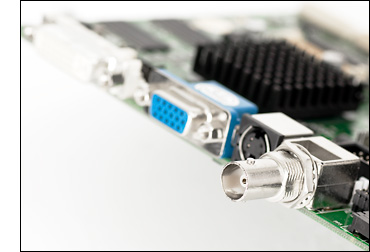The Heart of Every Monitor
At the heart of every General Digital LCD monitor product is an embedded LCD video controller. The function of the video controller is to receive and convert various forms of analog video signals into the appropriate digital video signals necessary to drive an LCD display.
As technology advances, the variety of video inputs increases. General Digital understands and specializes in both leading and trailing edge video input signal technologies. From low resolution obsolete analog Sync-On-Green monochrome signals to the latest DisplayPort (DP) audio and video input, support is available to display your signal source.
Virtually all of our products are available with the capability to accept a host of analog and digital video signals. Although our base models are configured to support analog video only, General Digital offers the ability to support live composite video as well. In this context, live composite video is defined as interlaced video, NTSC, PAL, SECAM, composite or S-Video, RS-170, CCTV and CCIR, while digital video is defined as DVI-D, HD-SDI, SD-SDI, HD Component, HDMI and DisplayPort. Most of our LCD monitor products can be configured as follows:
| Integration Method | Supported Video Modes | ||
|---|---|---|---|
| Analog Video [1] | Live Video [2] | Digital Video [3] | |
| Standard LCD video controller | Yes | Standard or Optional | Standard or Optional |
| LCD video controller with live video only | No | Yes | No |
[1] In this context, Analog Video is defined as Separate, Composite or Sync-On-Green video sources.
[2] In this context, Live Video is defined as Interlaced Video, NTSC, PAL, SECAM, Composite or S-Video, RS-170, CCTV and CCIR.
[3] In this context, Digital Video is defined as DVI-D, HD-SDI, SD-SDI, HD Component, HDMI and DisplayPort.
Common Analog and Digital Video Signals
Video signals (also called “video inputs”) come in many varieties and they’re not always so easy to distinguish. There are analog and digital video signals, each with different characteristics, advantages, and limitations. We provide this guide to help you decipher the different types of video signals and their applications, and thus determine which will best suit your requirements. Although we cover many types of video signals and some of their applications, this list is not exhaustive. We invite you to contact a Sales Engineer for more information and to determine the best solution for your application.



